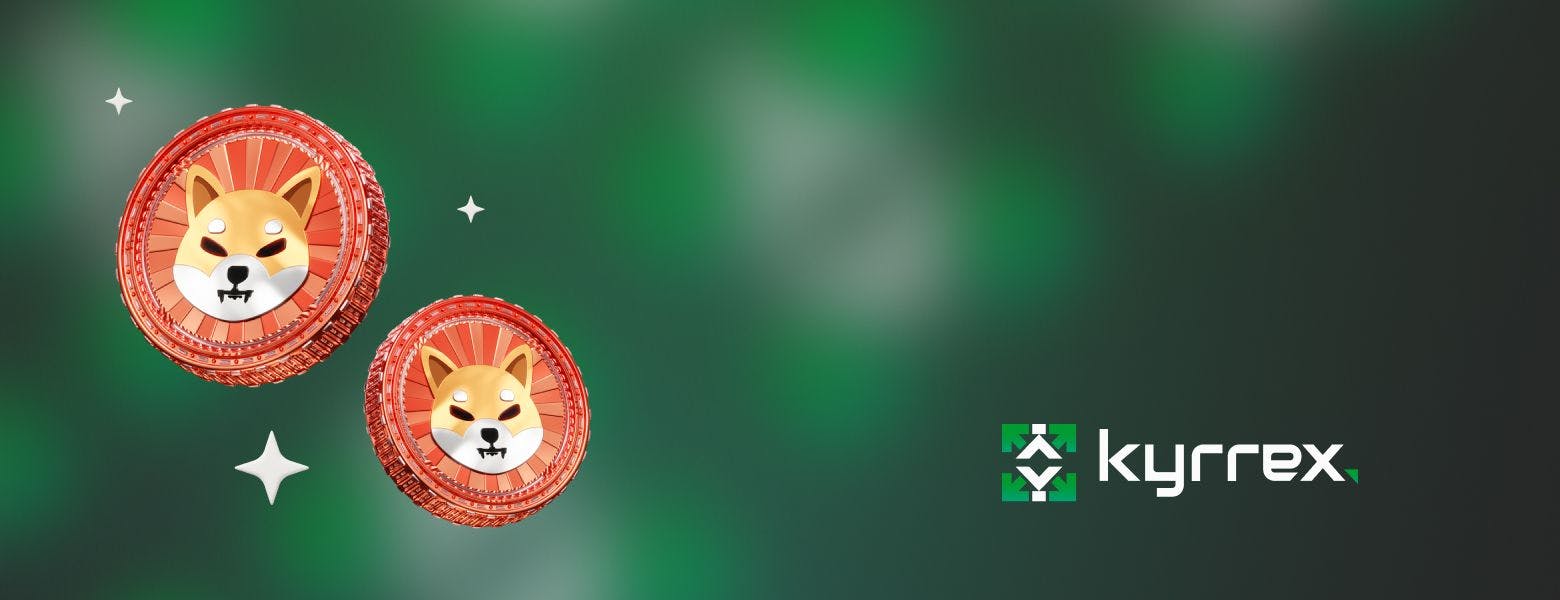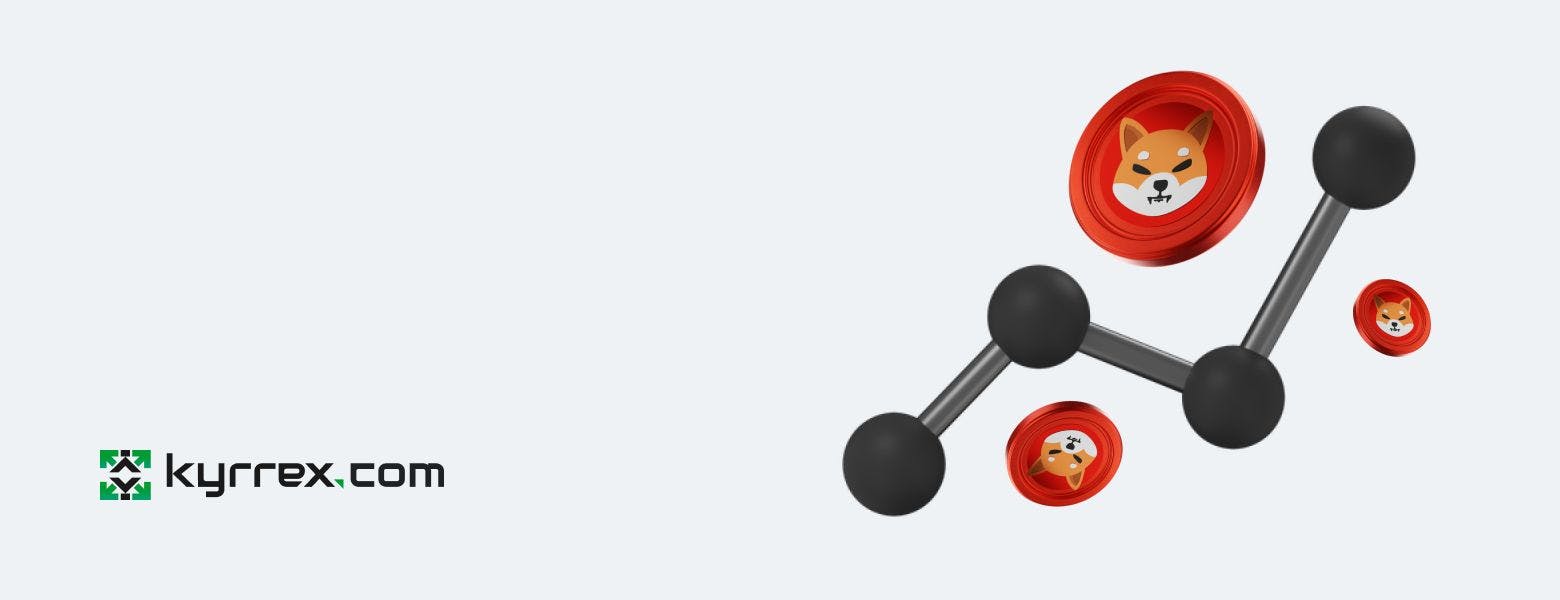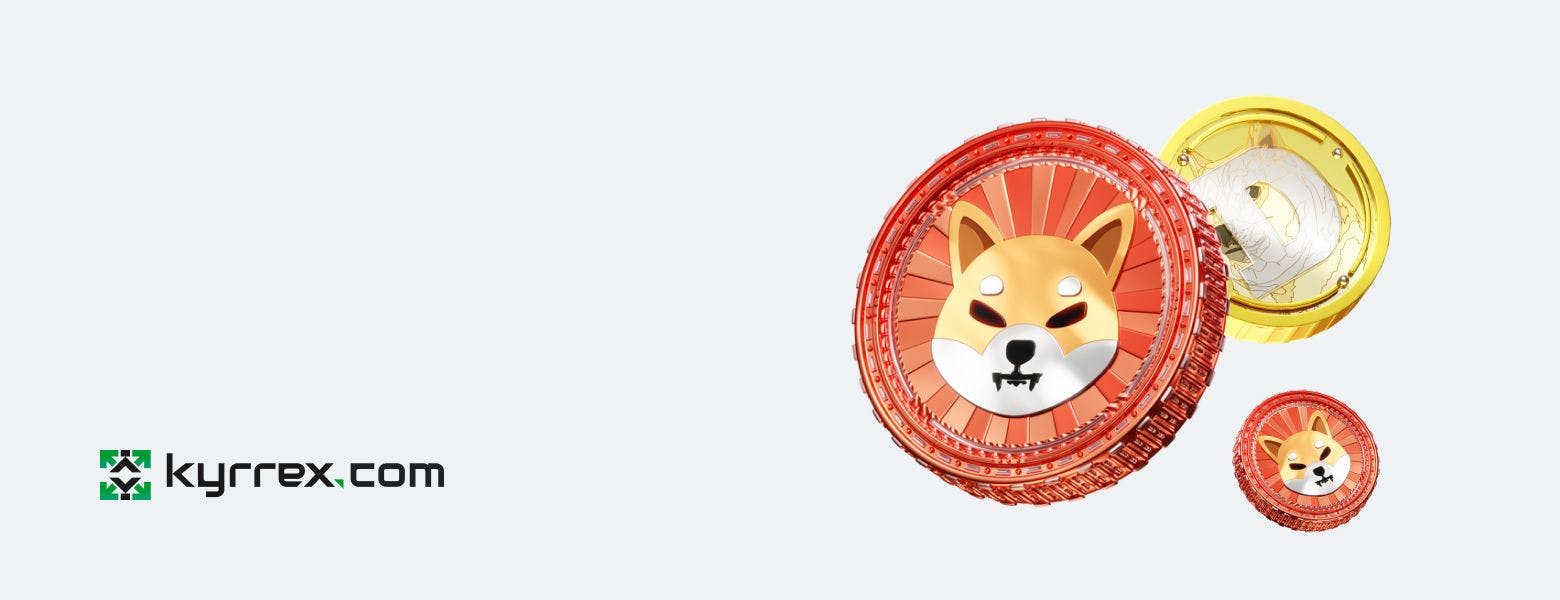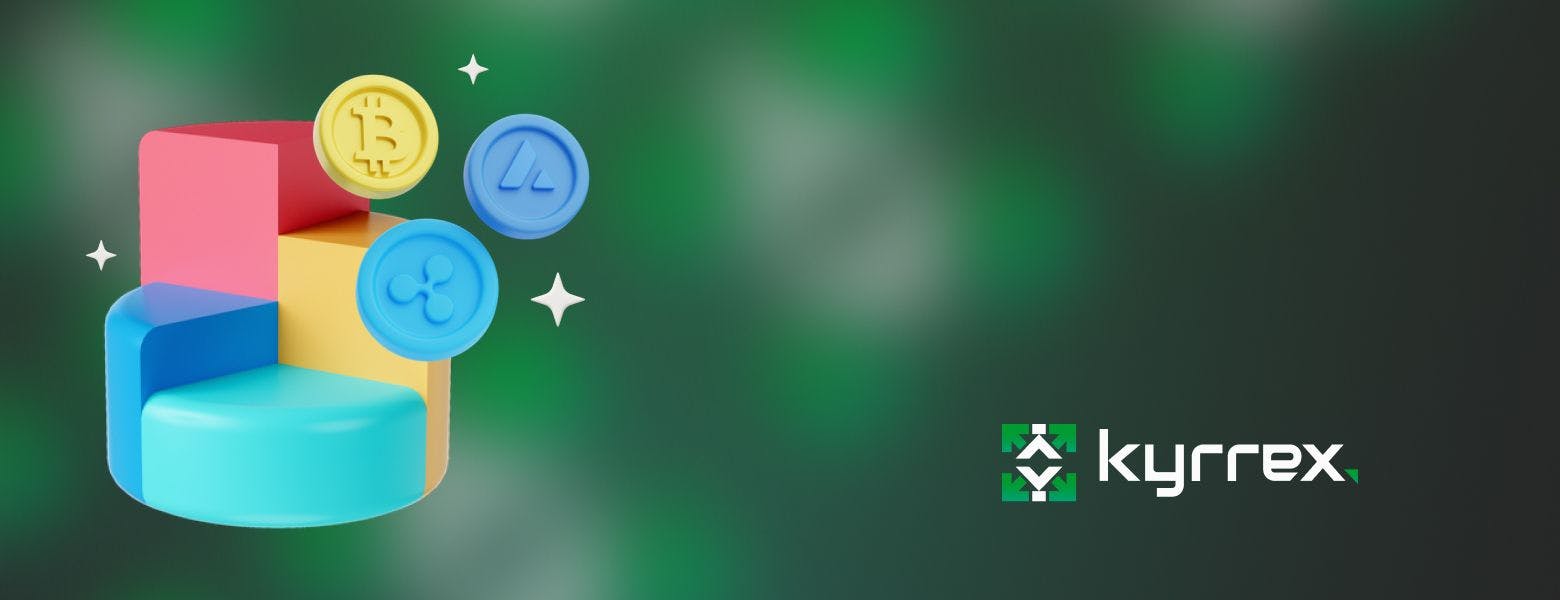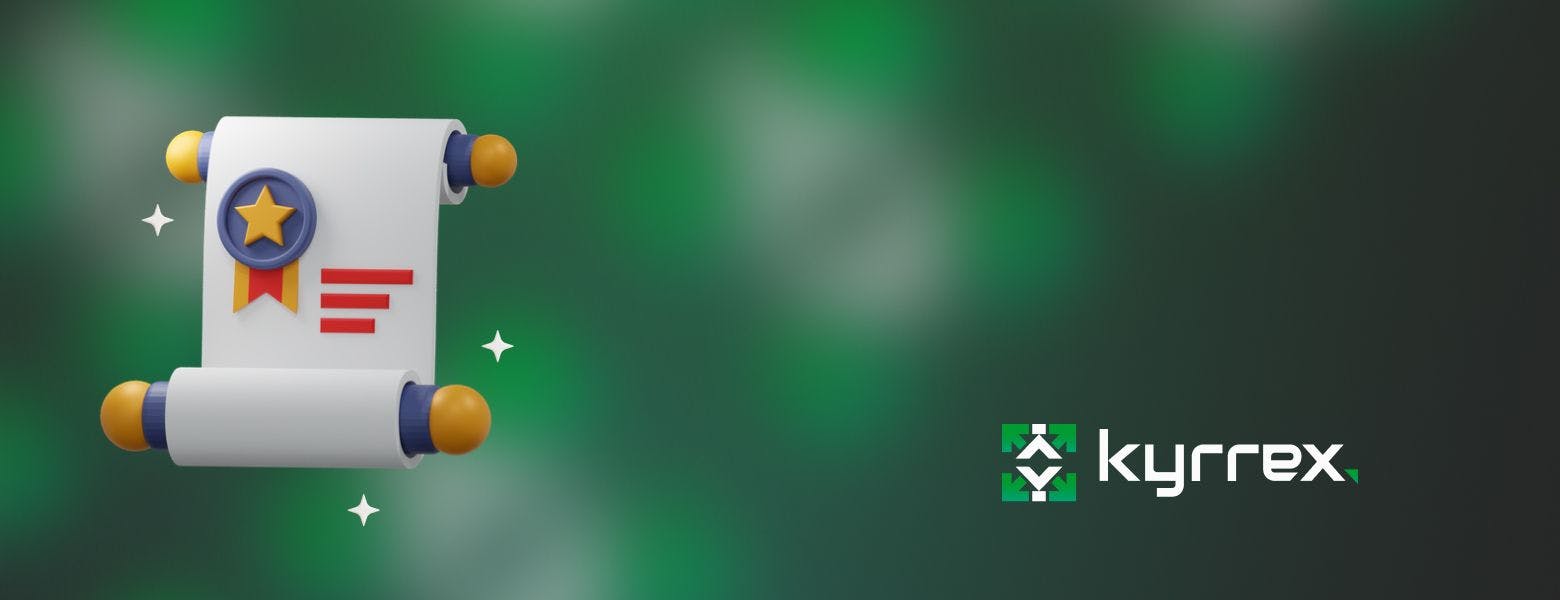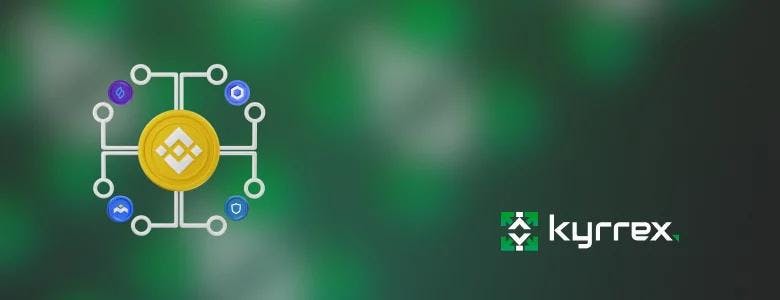
Top 10 Innovative Tokens on the Binance Smart Chain

Blockchain technology is the crystallization of Satoshi Nakamoto’s finance decentralization dream. It is on account of this technology that the concept of distributed public ledgers for efficient and transparent financial transactions has come to fruition.
But there are many blockchains around now, each with its standard tokenization, approach, infrastructure, and design. Faced with this variety, what would you choose? Would you pick out efficiency and diversity, for example, over innovativeness and emerging popularity? If you are the majority of sharp crypto traders, investors, and enthusiasts, you would decide on a blockchain that has everything to offer, including a host of innovative tokens. This is what the Binance Smart Chain (BSC) is all about.
BSC is one of the newest blockchain networks on the block. The network’s architecture is innovative and flexible, so it accommodates a massive data storage infrastructure and allows transactions to run at the highest speed possible.
BSC is popular not only because it is innovative but also because it supports smart contracts. The governance of the network is also community-based, so it uses the proof-of-staked-authority model to drive operations and transactions.
Quite a number of valuable tokens can be found on BSC. These include the LOTT token (which serves as both the blockchain-traditional transaction token and a gaming token), the BSC-native BNB token (which is one of the top BEP-20 tokens), and many others.
Top 10 innovative tokens:
So, we have written this article on the top 10 innovative tokens that were built on BSC and therefore utilize the blockchain’s network features with optimized precision.
1. BNB (Binance Coin)
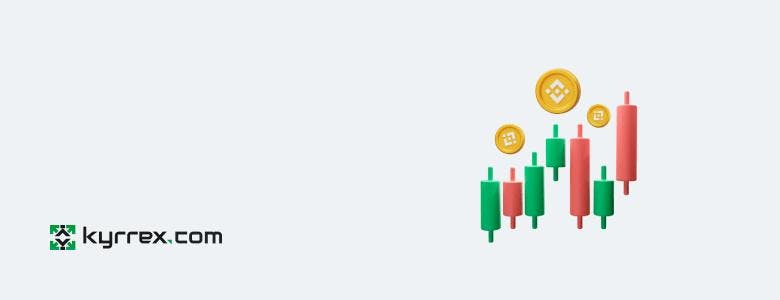
BNB is the native token for Binance. Because it is virtually the original token on the BSC network, BNB is one of the most popular tokens in the entire crypto industry. Also, it is the native token of BSC’s sister Blockchain, Beacon, so it has that also.
In terms of use cases, it is only expected that BNB’s usage is wider than average. the rest. These include the traditional means to pay for goods and services, cover fees for transactions on Binance exchange platforms, book flights and other expense values at online markets that facilitate that kind of procurement and order, and more.
BNB was an ERC-20 token when it was launched. However, it operates in 3 dimensions: as a BEP-20 on BSC, as a BEP-2 on the Beacon chain, and as an ERC-20 on Ethereum. Thus, for any crypto trader that uses Binance or any other platform associated with BSC, having BNB is a smart decision. You can buy BNB easily on kyrrex.com
2. LOTT (League of Traders)

LOTT is the native token for Lot.Trade, one of the most innovative contemporary cross-exchange platforms. As the League of Traders platform was designed on a dual-blockchain core consisting of BSC and IPFS (Inter-Planetary File System), LOTT is a BEP20 token with the data flexibility guaranteed by its being built on the IPFS.
The use cases of LOTT reflect the many-varied components of the Lot.Trade platform. So, because the latter is a trading platform, a gaming tournament platform, and a portfolio management platform, LOTT is the central means of exchange, transaction, and investment in the Lot.Trade ecosystem.
So, unlike the majority of tokens on this list, LOTT serves as both a utility token and a governance token. With it, you can participate in crypto tournaments, lend to other members on Lot.Trade, acquire NFTs (non-fungible tokens), etc. To get access to this massive treasure-trove of opportunities, you need to register with Lot.Trade first.
To register with Lot.Trade, use the platform’s registration link. Once you are done, you can start using LOTT.
3. TWT (Trust Wallet)

Trust Wallet is an innovative crypto exchange platform that prioritizes ease of crypto transactions and exchanges, crypto portfolio management, and privacy. The platform’s native token, TWT (Trust Wallet Token) is also just as versatile and fantastic in terms of usage. Also, since the token was designed using BSC’s standard, it has both security and efficiency written into its framework.
Trust Wallet has more than 25 million active users. Thus, owning the native token is a good investment. Upon acquiring this token, you will also be able to exchange on the platform, yes, but you will also be able to manage your crypto trading portfolio. It is a wallet, after all, so you will have no problem integrating the platform and its token with other platforms that you have to use.
4. CAKE (PancakeSwap)

CAKE is the token you must keep an eye out for and obtain at all means if you have any interest in making something out of your trading career on PancakeSwap. The token is the built-in means of value storage and transaction on the platform. It also serves as the vehicle of PancakeSwap, underlying virtually every trading operation, thus defining the uniqueness of the decentralized exchange (DEX) platform.
CAKE is positively extensive in usage and peculiarity. According to PancakeSwap, the token has 6 major use cases. These include staking to earn more tokens, purchase of lottery tickets, participation in sales, and even voting. In other words, it serves as both a utility and governance token.
As PancakeSwap is one of the top 3 largest DEX platforms by trading volume (at the time of writing this article), owning CAKE is a fortune waiting to be unleashed. Even without its diverse use cases, its popularity is another reason to acquire and own it.
5. C98 (Coin 98)

C98 is one of the most innovative BEP20 tokens ever. As expected, this characteristic of innovativeness is not entirely because of the token itself. The main bite to C98 is that it was created to be the vehicle of exchange, transactions, and operation on Coin 98. And Coin 98 is unquestionably a leading crypto wallet platform, especially when considering DeFi platforms.
C98 gives you unhindered access to all of Coin 98’s rich ecosystem. The ecosystem has aspects for finance management, investments and ventures, network support and operationalization, and others. Each of these aspects is a world on its own, and C98 is the license for access to Coin 98’s virtual worlds.
Also, as Coin 98 has a very wide coverage (operating in more than 150 countries), owning C98 means that you have a solid express privilege and access to the economy of these 150-plus countries. And that is just the peripheral advantage of owning the token. On the platform, you can do the typical token-type operations, but you can also swap tokens, and participate in staking, borrowing, and lending.
6. LINK (Chainlink)

LINK is the native token for the innovative decentralized oracle network, Chainlink. Due to the inherent uniqueness of the exchange platform upon which it was designed, LINK is also a unique token, the kind that even businesses that do not yet use blockchains make efforts to acquire.
So, due to the unique role of Chainlink (which is to build a bridge platform between blockchains like BSC, Ethereum, Solana, and Terra and non-blockchain enterprises), LINK is positively prestigious among its peers. Thus, owning the token is tantamount to having an express ticket for which you can get more non-blockchain businesses to participate in crypto transactions.
However, the most appreciated use of LINK is the retrieval and preparation of computations and transactions that are made off blockchains and then recorded. Again, the token serves as a link to the crypto initiated and the yet-to-be initiated.
8. MBOX (MOBOX)

All of the tokens so far mentioned belong to exchange platforms that are entirely exchange-oriented in design or directly related to that. However, as you probably know, the industry and market of crypto assets have moved beyond simple trading activities. The emergence of NFTs and gamification has also incited new and very innovative developments, including the afore-mentioned LOTT token and MBOX.
MOBOX is one of the more innovative gaming platforms that run on the peculiarities of NFTs. The name of the platform’s token is MBOX, so ownership of this token gives you unhindered access to the stimulating MOBOX playing field and ecosystem.
The value and use cases of MBOX cannot be understood in the same framework as other utility tokens that serve mostly exchange-related purposes. MBOX functions within the play-to-earn framework that is characteristic of NFT gaming platforms, so it is a metaverse. In other words, there are a thousand and one ways you can use to earn money without relying on a crash course on reading tread lines or tweets.
Within the MOBOX platform, MBOX is incredibly versatile. Ownership of it means that you would not have to spend a single penny to obtain gaming rights, buy in-game assets, transact with other crypto traders and gamers, or do any other thing you would want to do.
All in all, MBOX is one of the most innovative and progressive BEP-20 tokens that has come out of the NFT gaming angle of the crypto industry.
8. ETERNAL (CryptoMines)
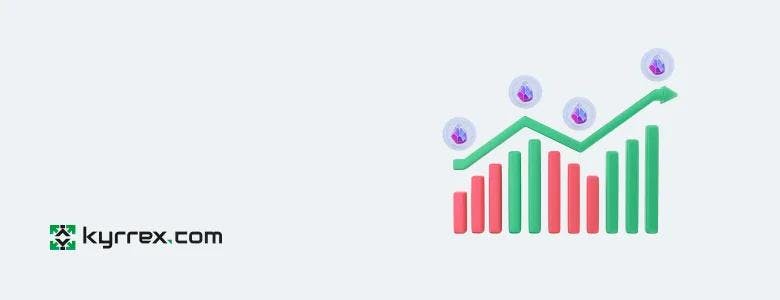
CryptoMines is another gaming platform on BSC, except that it was designed with a Sci-Fi angle. Due to the game’s robust and exciting narrative, it is easy for even the most committed crypto trader and gamer to lose themselves in the NFT-saturated gaming terrain. But accessing the rousing landscape and other parts of the virtual environment requires the use of the platform’s token, ETERNAL.
ETERNAL, the name gives it away as a token for something altogether fascinating. In fact, inside all the excitement of dallying with virtual planets, spaceships, and dark matter, CryptoMines promotes the mining of ETERNAL. So, much like the model employed by many other crypto gaming platforms, you can collect the token by taking on new missions to search for it.
ETERNAL’s use cases are diverse despite its seeming lone purpose. Inside the game, you need ETERNAL to live another day. Outside the game (in the real world), you can use the token for the traditional purchases of crypto assets in the metaverse or trade it with other players for other things.
9. TLM (Alien Worlds)

TLM (Trilium) is the token of Alien Worlds, a virtual crypto gaming platform. The token is obtained through missions, so the game is all about mining TLM and NFT cards while adventuring in the DeFi-architecture metaverse.
The ultimate purpose of mining TLM in the metaverse is to have access rights to the NFTs hidden within the virtual gaming environment. So, you can stake the token, use it for governance and voting, and use the cross-chain feature on the platform to take advantage of what blockchains other than BSC (for instance, Ethereum) are offering.
TLM grants you right of entry into the different levels of rarity (6 of them) and shininess (4 of them). Every level is characterized by different fortunes, so increasing the number of TLM tokens you have should be a long-term investment strategy.
10. SFUND (Seedify.Fund)
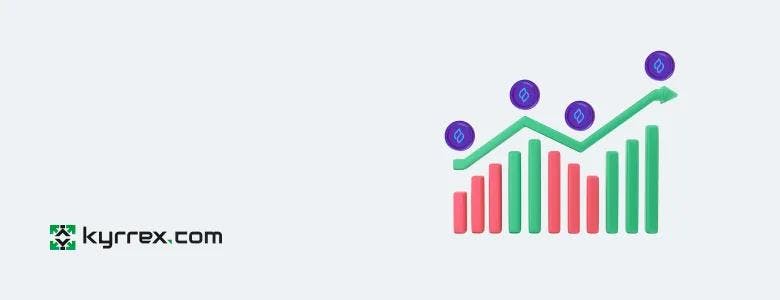
SFUND is the native token of Seedify.Fund. According to the platform’s website, SFUND is the token for access to the gaming-focused incubator. Thus, it not only enables its users to transact on the platform but also helps crypto game developers efficiently create virtual gaming environments and projects.
Seedify is an interesting platform in that it is all about gaming. As a result, you will find NFT collectibles on the platforms as easily as you find cryptocurrencies on others. Also, the platform is integrated with its progressives, for instance, PancakeSwap. Consequently, SFUND as the native token has a wide variety of uses on the platform and across it.
All in all, the tokens on BSC are some of the most highly-regarded at the moment. This has to do with the relatively low gas fees on the blockchain, as well as the above-average speed of transactions. Although more blockchains and tokens are developed on an almost daily basis, the majority of these developments are ordinary advancements of the framework already in place.
BSC remains one of the most innovative blockchains so far created. Thus, it is a solid foundation for more forward-thinking and exciting ideas. This is why it is a subject of interest for the development of tokens that are suitable for faster and more efficient crypto transactions, as well as other use cases that we are yet to discover.

